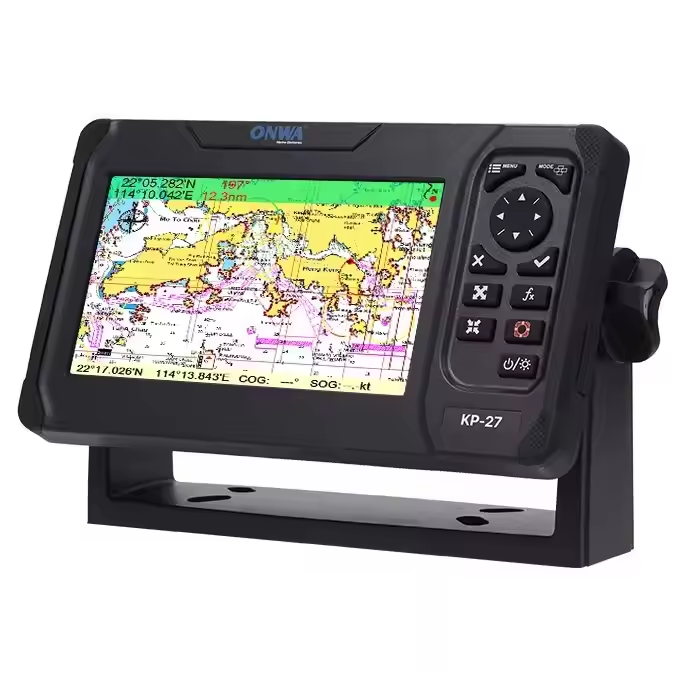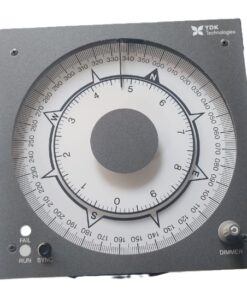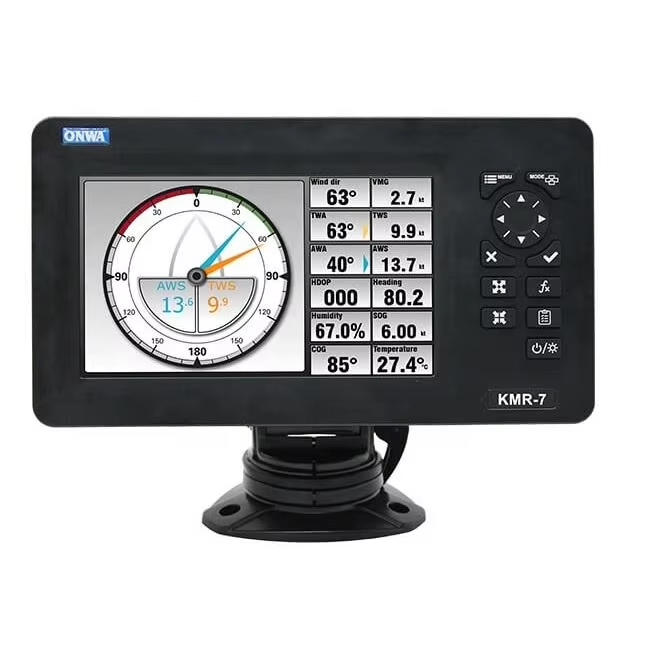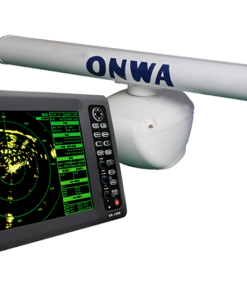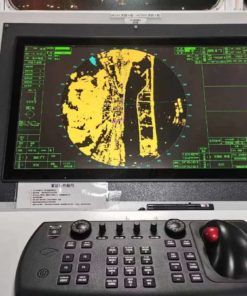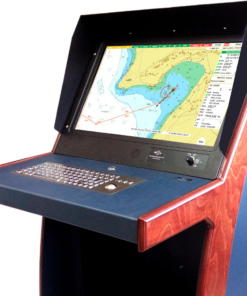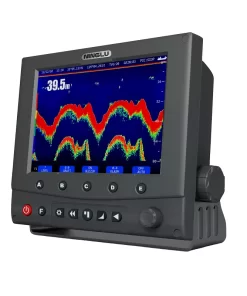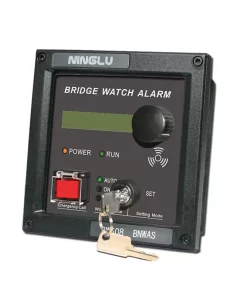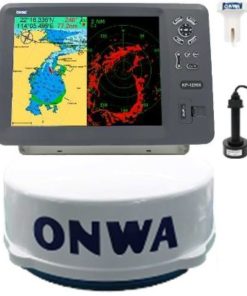Gyro
A Gyro, or gyrocompass, is a navigation instrument used on ships to determine true north and maintain a vessel’s heading irrespective of its motion or the Earth’s rotation. Unlike magnetic compasses, which rely on the Earth’s magnetic field and are susceptible to deviation, gyrocompasses utilize the principles of gyroscopic precession to provide accurate heading information.
A Gyro consists of a rapidly spinning gyroscope mounted on gimbals, allowing it to maintain its orientation in space. As the Earth rotates, the gyro’s axis remains fixed relative to the celestial meridian, providing a stable reference for determining true north.
Gyro are essential for accurate navigation, especially in regions where magnetic compasses are unreliable due to magnetic anomalies or high latitudes. They are commonly integrated into the ship’s Integrated Bridge System (IBS) and provide crucial heading information for route planning, collision avoidance, and vessel positioning.


